According to research, more than 77% of patients start their journey on search, yet most leave within seconds if a website is slow, unclear, or difficult to navigate.
For clinics and wellness brands, that exit often means losing a real patient to a competitor.
On-site SEO for healthcare and wellness brands addresses this issue.
It helps your content speak directly to both patients and search systems, making every service page easier to find, faster to load, and more persuasive.
When done right, on-site SEO for healthcare and wellness brands becomes the bridge between your expertise and the people actively searching for care.
Our goal is simple: make your website work as hard as you do.
With smart on-site optimization, you attract the right patients, earn their trust, and stay fully booked month after month.
What Exactly Is On-Site SEO for Healthcare and Wellness Brands?
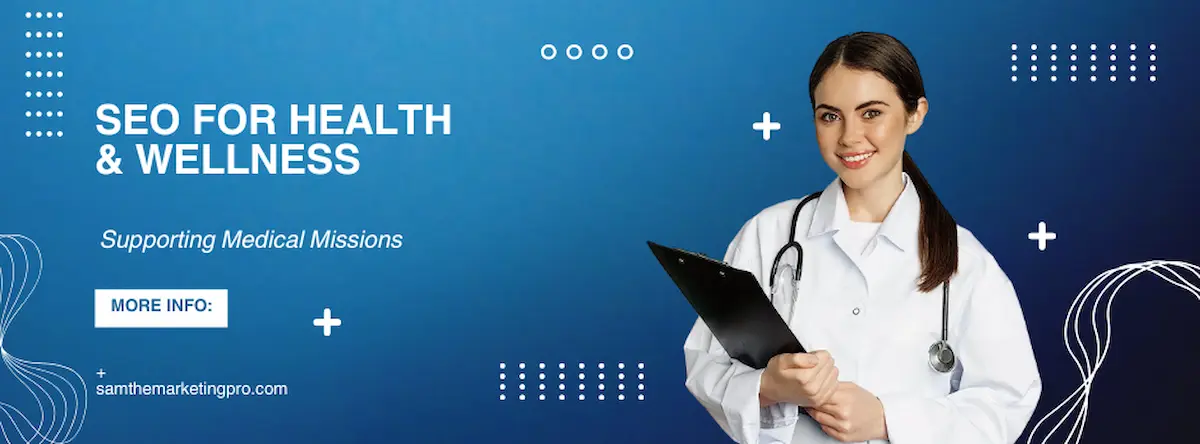
On-site SEO (also called on-page SEO) means optimizing the parts of your website you can directly control to make it easy for both search engines and patients to understand what you offer and why you can be trusted.
It includes your titles, headings, service pages, internal links, and the overall structure of your content.
Think of it like preparing your clinic before patients walk in. Clean signage, organized rooms, and friendly staff help visitors feel confident in your care.
On-site SEO for hospitals and wellness brands does the same for your website. It makes your content easy to navigate, credible, and appealing to both patients and algorithms.
This is different from off-site SEO, which happens away from your website.
Off-site includes activities like earning backlinks from medical directories, getting positive reviews, and building your brand’s authority online.
Both matter, but without strong on-site SEO, even the best reputation or backlinks can fail to convert visitors into booked appointments.
In short, on-site SEO for healthcare and wellness is what ensures your expertise is seen, understood, and trusted the moment someone lands on your site.
Core On-site SEO Elements for Clinics, Hospitals, and Wellness Brands
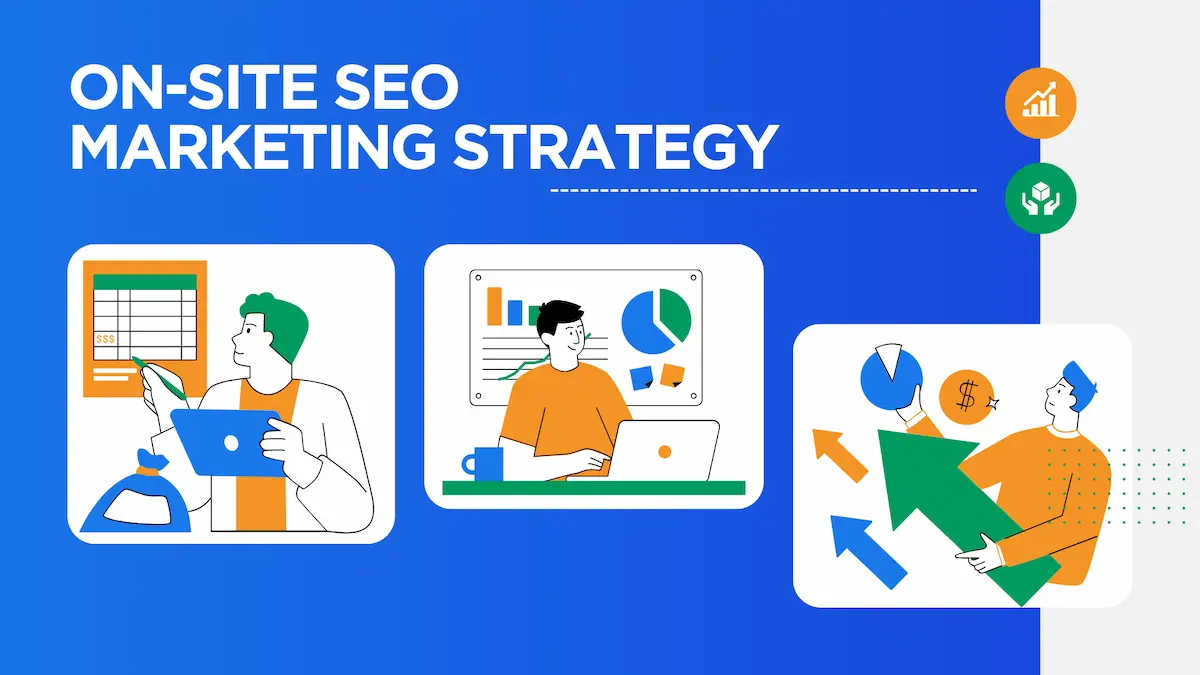
1. Keyword Optimization and Search Intent Alignment
Effective on-site SEO starts with understanding what patients are actually searching for and matching your content to those needs.
A patient typing “best physiotherapist for back pain near me” is looking for help now, not general health advice.
Keyword optimization ensures your service pages, blog posts, and headings use the same language patients use.
For example, instead of saying “musculoskeletal rehabilitation center,” a clinic might rank better using “physical therapy for back and neck pain.”
The goal is to make your website sound human and approachable while signaling expertise to Google and AI-driven search platforms.
When your pages align with search intent, two things happen: patients and wellness enthusiasts find exactly what they’re looking for, and your site earns higher visibility in both traditional and AI-powered search results.
This means more qualified visitors, more trust, and ultimately more booked appointments.
2. Content Quality, Expertise, and Readability

In healthcare and wellness, your content isn’t just for ranking; it’s proof of your credibility.
Because medical and wellness sites fall under Google’s YMYL (Your Money or Your Life) category, every word you publish directly impacts patient decisions and trust.
Search engines and AI platforms carefully evaluate whether your content is written or reviewed by qualified professionals, cites credible sources, and clearly demonstrates real-world experience.
A clinic with medically reviewed blogs or a wellness coach sharing first-hand insights builds far stronger authority than one using vague or generic content.
For example, a dental clinic explaining “how teeth whitening works” should be transparent about the process, side effects, and results, rather than just making promotional claims.
This mix of accuracy and empathy helps patients feel safe and positions your brand as a trustworthy expert, leading to higher visibility, stronger engagement, and more bookings.
3. Optimized Titles, Meta Descriptions, and Headings
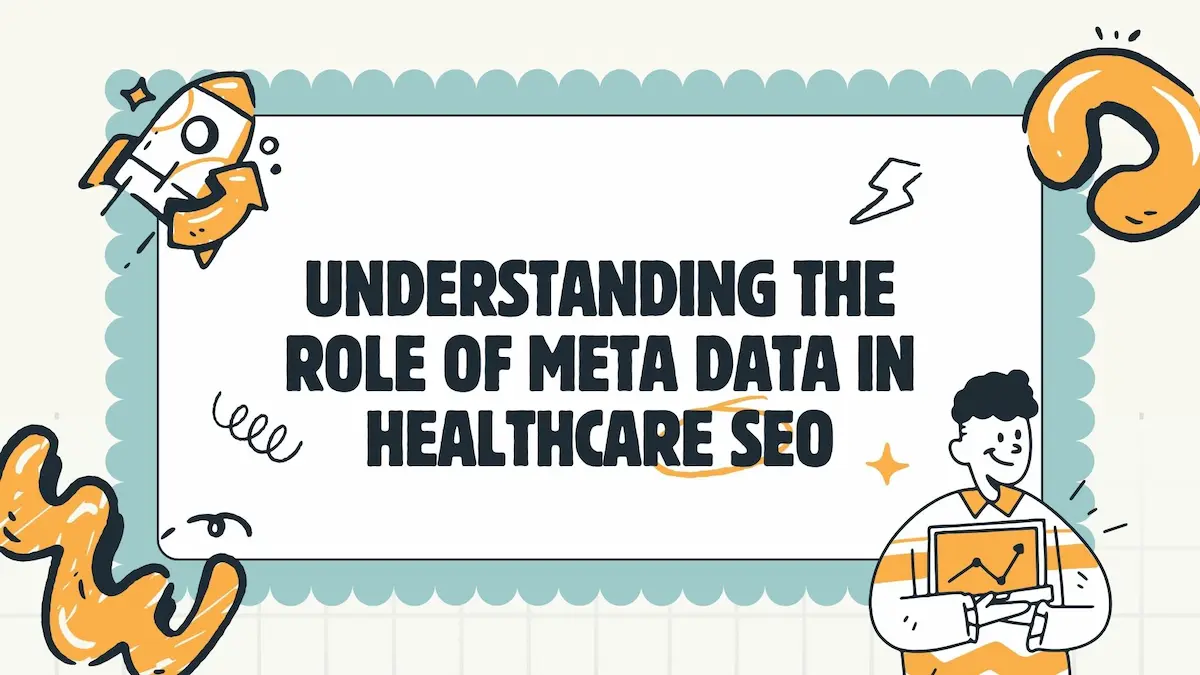
Titles and meta descriptions are often the first impression patients and wellness enthusiasts get of your brand in search results.
In on-site SEO for healthcare and wellness brands, well-optimized metadata helps both Google and potential patients understand what your page is about and why it’s worth clicking.
For example, a clinic with a title like “Comprehensive Dental Cleaning in Nairobi | Gentle & Affordable Care” will attract far more attention than “Our Dental Services.”
It clearly communicates the service, location, and patient benefit, three key factors that drive clicks and bookings.
Your headings (H1, H2, H3) should also be structured logically, guiding readers through the page like a well-organized consultation.
A physiotherapy clinic could use headings like “Common Causes of Back Pain,” “Our Treatment Approach,” and “Book a Consultation.”
This clarity helps search engines map your content while improving readability and patient engagement.
4. Internal Linking and Navigation Structure
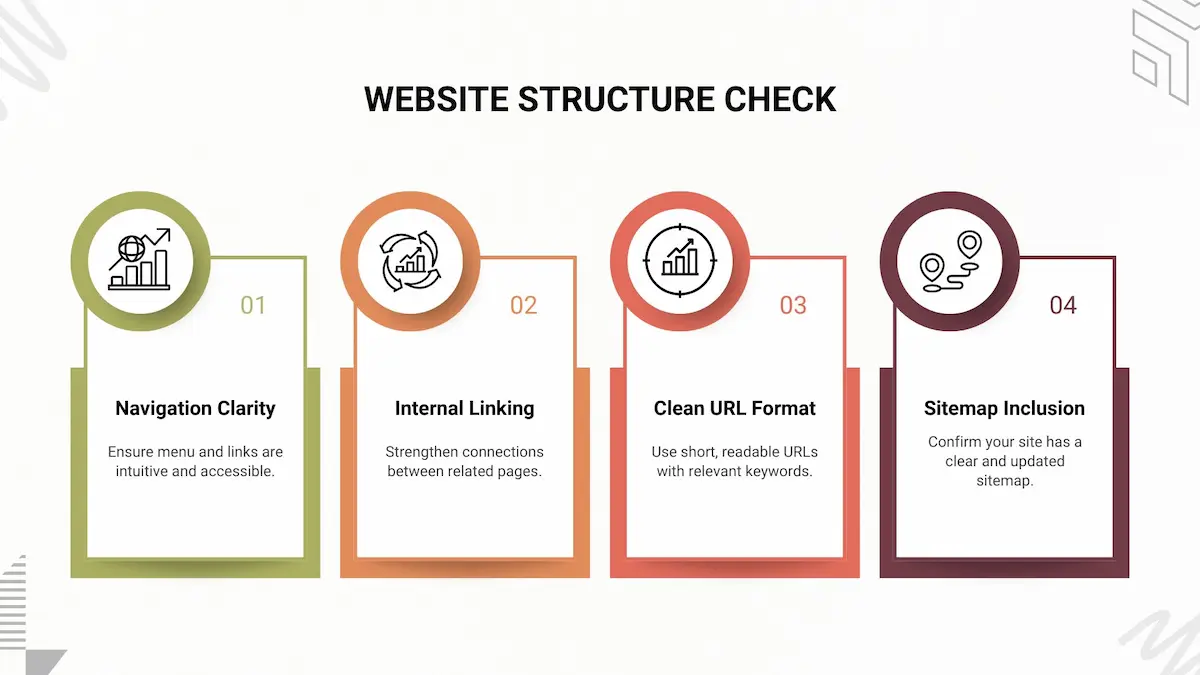
A well-structured site helps both patients and search engines understand your services.
Internal linking is one of the most underrated parts of on-site SEO for healthcare and wellness brands, yet it plays a major role in improving visibility, trust, and conversions.
Think of your website like a hospital map. Patients should easily find their way from “symptom” pages, such as “toothache treatment” or “back pain relief,” to the right service or booking page.
Linking related pages, for example, connecting a “skin care tips” blog to a “dermatology consultation” service page, ensures no page is isolated and helps distribute authority throughout your site.
For search engines and AI tools, clear navigation and internal linking signal a well-organized, credible site.
This boosts ranking potential for clinics, hospitals, and wellness brands while guiding customers seamlessly from curiosity to conversion.
5. Mobile Optimization and User Experience (UX)
Most healthcare and wellness customers start their search for services on mobile devices.
As already mentioned, over 77% of patients use search engines before booking a healthcare appointment, with a large portion using Google Maps to find nearby clinics, gyms, or wellness centers.
If your site loads slowly or isn’t optimized for mobile viewing, potential patients will likely choose a competitor whose website offers a smoother experience.
A mobile-friendly site, fast loading speed, and click-to-call or map directions directly influence the conversion rate of visitors into actual bookings.
For example, a physiotherapy clinic that appears clearly on Google Maps, has a responsive site, and offers easy navigation is more likely to attract local patients than one with broken mobile layouts or slow-loading pages.
Mobile optimization directly impacts local SEO visibility, trust, and patient conversions.
6. Schema Markup and Local SEO Optimization
Schema markup for healthcare and wellness is a special type of structured data added to your website’s code to help search engines understand your services, practitioners, and locations.
It tells AI and Google, for example, “yes, this is an FAQ section,” or “this is a blog,” helping them interpret your content more easily and accurately.
A clinic can use MedicalBusiness schema to label its doctors, departments, and appointment links.
A wellness spa can use LocalBusiness schema to display operating hours, reviews, and pricing in search results.
This allows your pages to appear in rich results and AI-generated overviews, improving visibility and credibility.
When implemented correctly, schema can make your listing stand out with star ratings, FAQs, reviews, or Book Appointment links, which boost click-through rates and trust.
7. Internal Linking and Content Structure for Patient Journeys
Internal linking is one of the most overlooked elements of on-site SEO for healthcare and wellness websites.
It guides both users and search engines through your pages, helping them understand how your services, treatments, and resources connect.
A well-planned internal linking structure mirrors a patient’s decision path.
For example, a visitor reading a “how to manage anxiety” article on a mental health clinic’s blog should be guided to a “counseling services” page, then to a “book a session” page.
A wellness brand writing about “benefits of cold therapy” should link to its “cryotherapy treatments” page, helping users progress from awareness to action.
From Google and AI search perspectives, these links clarify content relationships and distribute authority across your site.
That means your most important pages, such as service or location pages, get more visibility in search results and AI overviews.
At our AI SEO agency for healthcare and wellness, we build internal linking systems that follow real patient behaviour, ensuring every click moves users closer to trust, care, and conversion.
Best Practices for Internal Linking:
Use descriptive, natural anchor text (e.g., “view anxiety therapy options” instead of “click here”).
Ensure every important page is linked to at least once from another relevant page.
Avoid broken or outdated links that disrupt the patient journey.
Link related topics to strengthen your site’s topical authority and help AI understand your expertise.
Keep navigation simple and consistent across all pages.
8. Image and Media Optimization for Healthcare and Wellness

Images and videos shape how patients perceive your brand.
A clean, trustworthy hospital website with relevant visuals communicates professionalism faster than any paragraph of text.
According to Google, users form a first impression of a website in under 50 milliseconds, and visuals heavily influence that judgment.
At our healthcare and wellness SEO agency, we help clinics, dispensaries, and wellness centres optimize every media element for both speed and search visibility.
This includes compressing large image files, using descriptive filenames, and writing keyword-rich alt text such as “pediatrician performing routine check-up” or “yoga therapist guiding stress relief session.”
We also custom-source or create authentic media, not generic stock photos.
Real photos of your team, facility, or treatment process build trust and improve engagement metrics, which search engines interpret as positive signals of credibility.
Videos, virtual tours, and explainer animations are optimized with proper schema markup, captions, and metadata.
This helps Google and AI systems understand the context of your visuals, improving your chances of appearing in visual search, video snippets, and AI Overviews.
9. URL Structure and Slug Optimization for Healthcare and Wellness
A clear, keyword-focused URL helps both users and search engines understand your page before even clicking it.
In healthcare SEO, this small detail can significantly affect visibility and trust.
For example, a URL like /services/child-vaccination-nairobi/ instantly tells both Google and patients what the page is about, while a vague one like /page?id=24 communicates nothing.
At Sam the Marketing Pro, the best healthcare and wellness SEO agency in Kenya, we create clean, descriptive, and structured URLs that mirror your service hierarchy.
Each slug naturally includes relevant keywords, such as “/dentist/teeth-cleaning/” or “/wellness/massage-therapy/,” making your content easier to find in search and AI-generated results.
We also ensure your URL structure follows a logical and crawl-friendly format, using categories for services, subfolders for locations, and short, readable slugs for each page.
This helps search engines index your content efficiently and improves internal linking.
A consistent and optimized URL structure isn’t just about SEO.
It builds patient confidence, looks more credible, is easier to share, and improves click-through rates when patients compare multiple providers online.
10. Local SEO Elements on Page for Healthcare and Wellness Brands
Most patients search for nearby care providers using phrases like “clinic near me” or “best physiotherapist in Nairobi.”
To appear in these searches, your on-page SEO must clearly show who you are, where you are, and what you offer.
At our healthcare and wellness SEO agency, we ensure every clinic, dispensary, or wellness brand displays accurate Name, Address, and Phone (NAP) information on all pages.
This data is formatted consistently across your website, Google Business Profile, and directories to strengthen local visibility.
We also embed Google Maps on your contact and service pages, making it easier for mobile users to get directions instantly.
With over 70% of healthcare-related searches happening on mobile devices, this small feature directly supports bookings and foot traffic.
Each location and service page is optimized with local keywords such as “family clinic in Thika” or “yoga wellness center in Nairobi,” helping Google connect your practice to nearby patients.
When combined with reviews, FAQs, and structured data, your brand becomes more likely to appear in local packs, AI Overviews, and map results.
Benefits of On-Site SEO for Healthcare and Wellness Brands
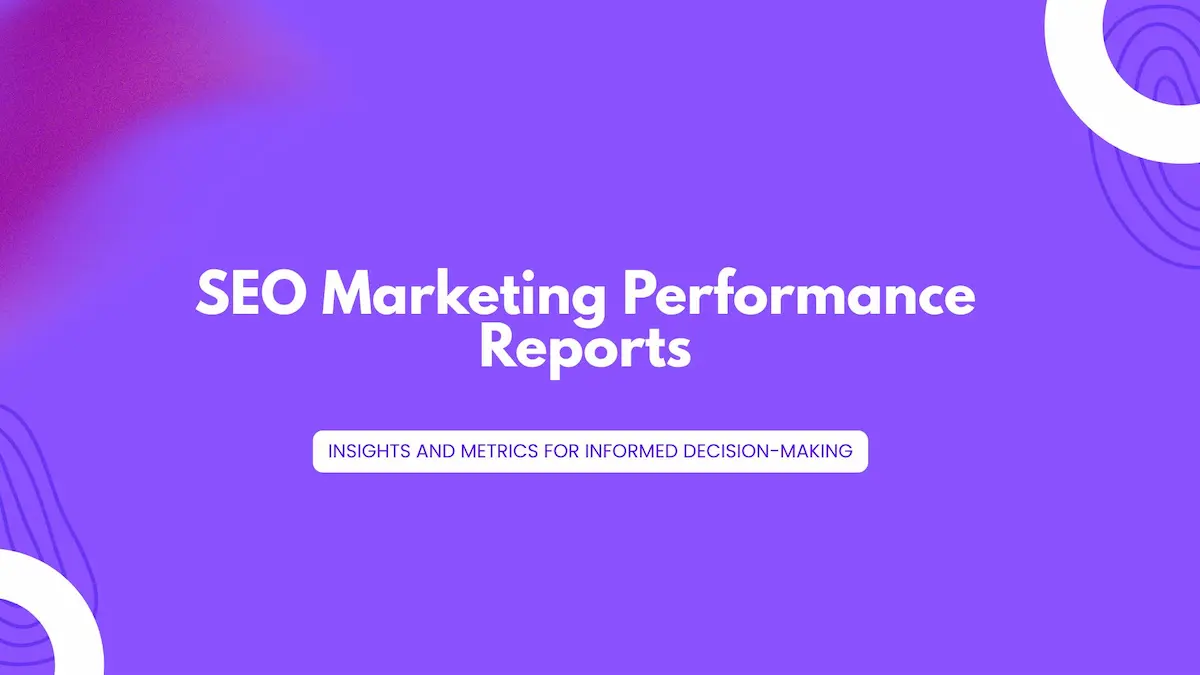
1. Higher Patient Bookings and Revenue
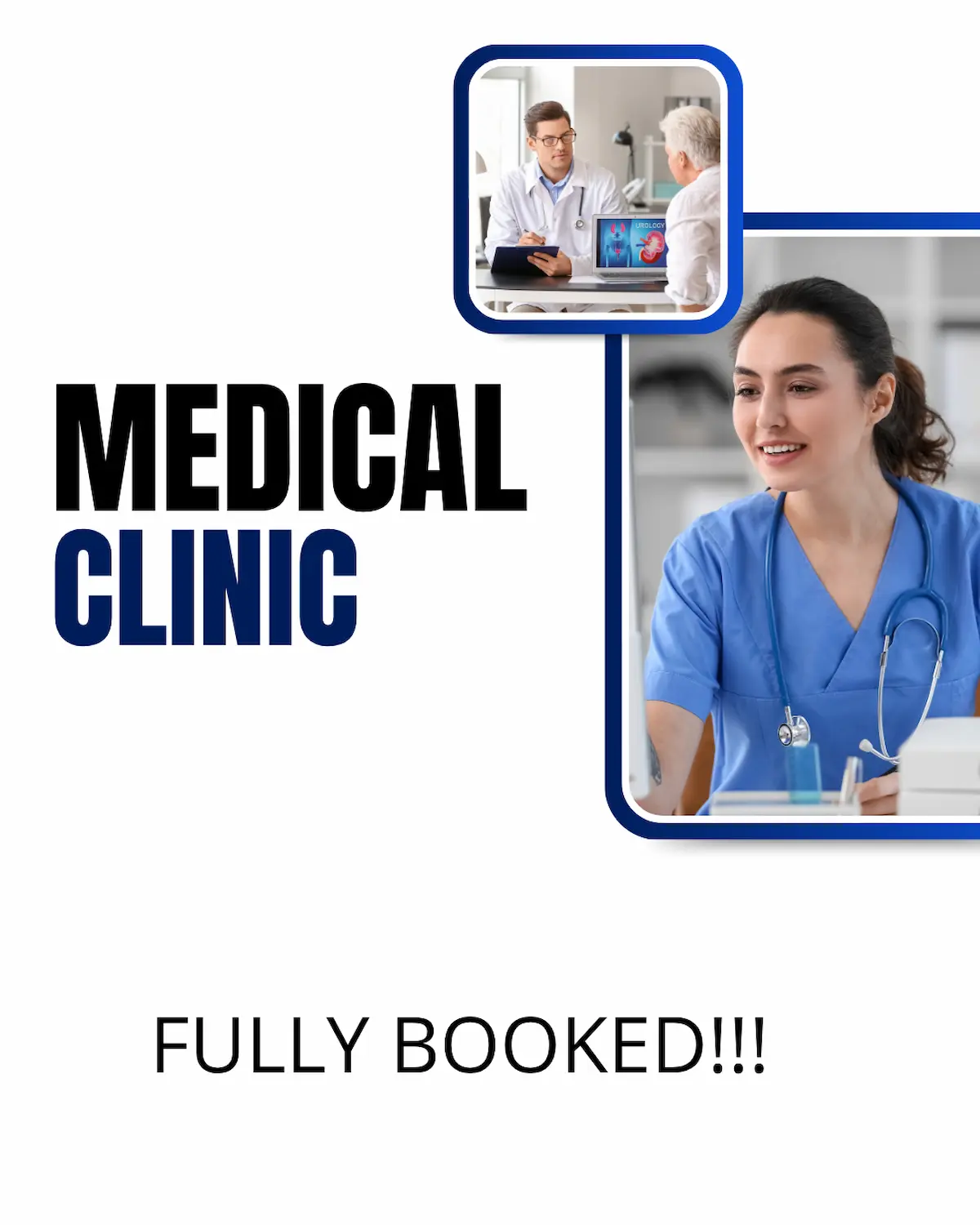
When your pages clearly communicate who you are, what you treat, and where you’re located, patients trust you faster.
On-site SEO for healthcare and wellness turns casual visitors into booked appointments by removing confusion, improving credibility, and making it effortless for patients to take action.
2. Improved Visibility Across Google and AI Search
Optimized pages with strong structure, schema, and internal links help your content appear in AI Overviews, featured snippets, and local map packs.
A well-optimized “Chiropractic Adjustment” page, for example, can show up when someone asks ChatGPT or Google, “Where can I get back pain treatment near me?”
3. Stronger Authority and Patient Trust
Every title tag, medical citation, and schema element contributes to your online reputation.
When your pages consistently display accurate, well-structured information, AI systems and humans both recognize your practice as reliable and authoritative, especially for YMYL (Your Money, Your Life) topics like health and wellness.
4. Better Conversion from Mobile Users
Patients often search on the go, especially when looking for urgent care or nearby specialists.
On-site SEO ensures your pages load fast, buttons are clickable, and contact info is accessible, making it easier for patients to call or book directly from their phones.
5. Content That Keeps Working for You
Unlike paid ads that disappear when you stop spending, strong on-site SEO builds a foundation that compounds over time.
Each optimized page attracts steady, qualified traffic month after month.
Contact the best hospital and wellness SEO marketing agency in Kenya and keep your calendar full and your marketing costs low!
Frequently Asked Questions (FAQs) About On-Site SEO for Healthcare and Wellness
1. Why is my clinic or wellness brand not showing up on page one even though I have great content?
Because Google and AI tools need more than great writing to trust your site.
On-site SEO for healthcare adds technical and structural context, such as author credentials, schema, and internal linking, which help your pages rank for medical and wellness searches.
2. Can on-site SEO really increase bookings and revenue?
Yes. Optimized service pages guide patients from search to booking.
When your titles, local keywords, and calls to action match patient intent, more visitors convert into appointments, improving both revenue and patient flow.
3. How often should I update healthcare content for SEO?
At least every few months. Healthcare evolves quickly, and AI systems prioritize accurate, up-to-date information.
Regular updates with new studies, FAQs, and treatments show that your clinic or wellness brand stays current and trustworthy.
4. What’s the difference between on-page and off-page SEO for healthcare?
On-page SEO focuses on optimizing what’s on your website, including content, structure, and user experience.
Off-page SEO involves backlinks, citations, and reviews that build authority outside your site. Both are important for ranking and patient trust.
5. Can I handle on-site SEO myself, or do I need a healthcare SEO specialist?
You can handle the basics, such as updating titles, optimizing images, and improving readability.
However, healthcare SEO requires strict accuracy and credibility standards, so working with a medical SEO expert helps you avoid ranking drops or misinformation risks.
6. How long before I see results from on-site SEO?
Most healthcare and wellness websites notice improvements in visibility within four to eight weeks.
Stronger authority, more bookings, and steady traffic growth usually appear after three to six months of consistent optimization.
7. What are the common on-site SEO mistakes healthcare sites make?
Keyword stuffing or using overly technical terms that patients don’t search for.
Broken internal links or pages that are not indexed.
Ignoring mobile performance and user experience.
Missing structured data for doctors, services, or FAQs.
Outdated or uncited medical information
Conclusion: Why On-Site SEO Is the Foundation of Healthcare and Wellness Growth
On-site SEO is the backbone of every successful healthcare and wellness marketing strategy.
It ensures that search engines, AI systems, and patients all clearly understand your expertise, services, and credibility.
Without it, even the best content or backlinks can’t reach their full potential.
When your on-site SEO for healthcare and wellness is properly structured, it strengthens every other SEO effort, including local optimization, content marketing, and off-page authority building.
It makes your website not only searchable but also trustworthy in the eyes of Google, ChatGPT, and health-conscious audiences worldwide.
If you run a clinic, wellness center, or medical brand and want to increase visibility, trust, and patient conversions, work with the best healthcare SEO agency in Kenya, trusted by global clients.
We help healthcare brands optimize their sites for both traditional search and AI-driven discovery, ensuring your expertise reaches the patients who need it most.
Book your free consultation today and see how strategic on-site SEO can turn your website into a patient acquisition system.
